Is This Strange Or What?
ncrealestateguy
11 years ago
Related Stories
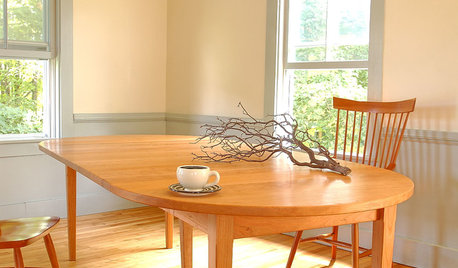
DECORATING GUIDESStrange but True Parallels Between Early Western and Old Japanese Style
Part 1 of our 'wabi-sabi' series: in which Shaker and Arts and Crafts designs reveal simplicity, modesty and integrity
Full Story
ROOM OF THE DAYRoom of the Day: Bedroom Takes a Creative Approach to A-Frame Design
Rather than fix the strange layout, this homeowner celebrated it by mixing the right materials and textures
Full Story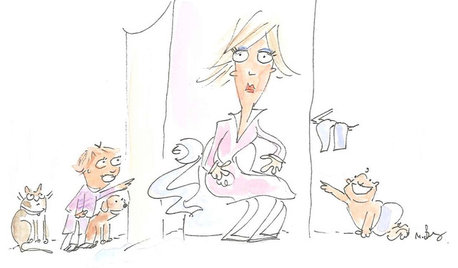
LIFE21 Things Only People Living With Kids Will Understand
Strange smells, crowded beds, ruined furniture — here’s what cohabiting with little monsters really feels like
Full Story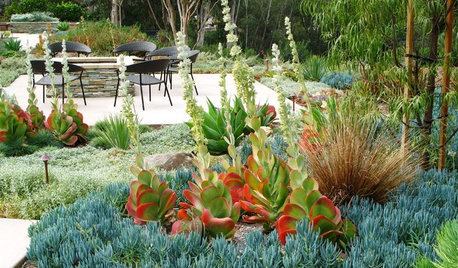
GARDENING GUIDESGreat Design Plant: Paddle Plant
If you're looking for awesomely strange foliage and low care requirements, this succulent is right up your alley
Full Story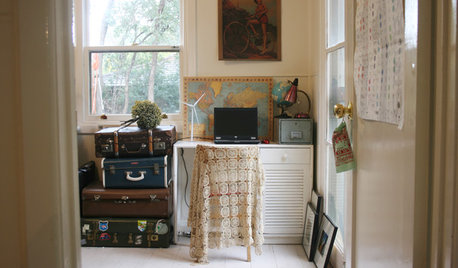
MOVINGMaking a Home Away From Home
Feeling like a stranger in a strange land? These tips can help ease the transition after a big move
Full Story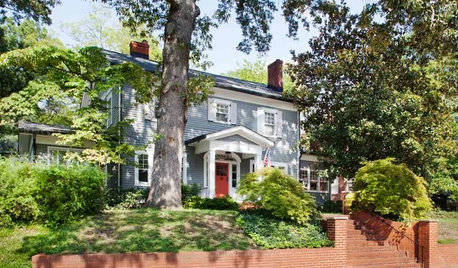
HOUZZ TOURSHouzz Tour: Whole-House Remodeling Suits a Historic Colonial
Extensive renovations, including additions, update a 1918 Georgia home for modern life while respecting its history
Full Story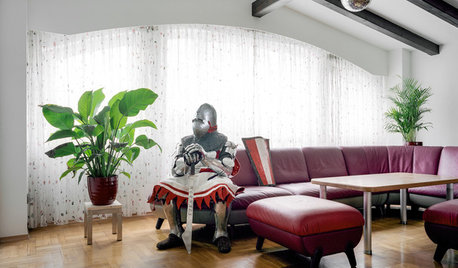
FUN HOUZZThe Unicorn in the Bathtub — and Other Mind-Blowing Sights
Fantasy and reality meet head-on in photos of costume fans in their own homes
Full Story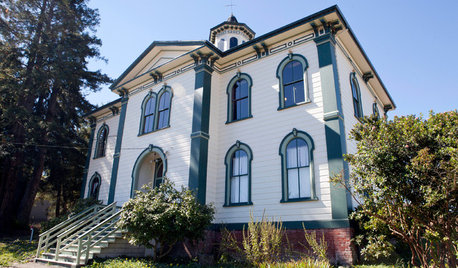
HISTORIC HOMESHouzz Tour: Meet the Schoolhouse Saved By ‘The Birds’
Once featured in Hitchcock’s feathery film, this schoolhouse has stood the test of time
Full Story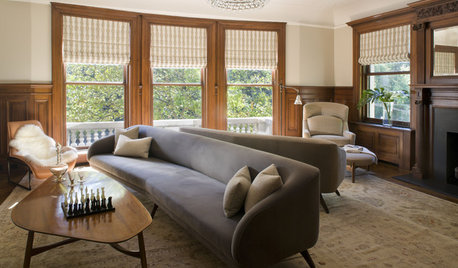
MORE ROOMSGo Rogue for Effective Furniture Arrangements
Why stick with a traditional setup that just doesn't cut it? The most advantageous arrangement may be the least obvious
Full Story
HOUSEKEEPINGWhat's That Sound? 9 Home Noises and How to Fix Them
Bumps and thumps might be driving you crazy, but they also might mean big trouble. We give you the lowdown and which pro to call for help
Full StoryMore Discussions






SaltiDawg
tigerdunes
Related Professionals
Cheshire Solar Energy Systems · Green Valley Solar Energy Systems · Little Ferry Solar Energy Systems · Easton Solar Energy Systems · Fairfield Home Automation & Home Media · Hull Home Automation & Home Media · Minnetonka Home Automation & Home Media · Pittsburgh Home Automation & Home Media · Port Washington Home Automation & Home Media · Stamford Home Automation & Home Media · West Chester Home Automation & Home Media · West Palm Beach Home Automation & Home Media · Elgin Fireplaces · Palo Alto Fireplaces · Romeoville Fireplacesfsq4cw
ncrealestateguyOriginal Author
SaltiDawg
tigerdunes
dadoes
ncrealestateguyOriginal Author
tigerdunes
ncrealestateguyOriginal Author
tigerdunes
ncrealestateguyOriginal Author
tigerdunes
SaltiDawg
mike_home
ncrealestateguyOriginal Author
SaltiDawg
dadoes
energy_rater_la
david_cary
ncrealestateguyOriginal Author
bus_driver
energy_rater_la
weedmeister
ncrealestateguyOriginal Author